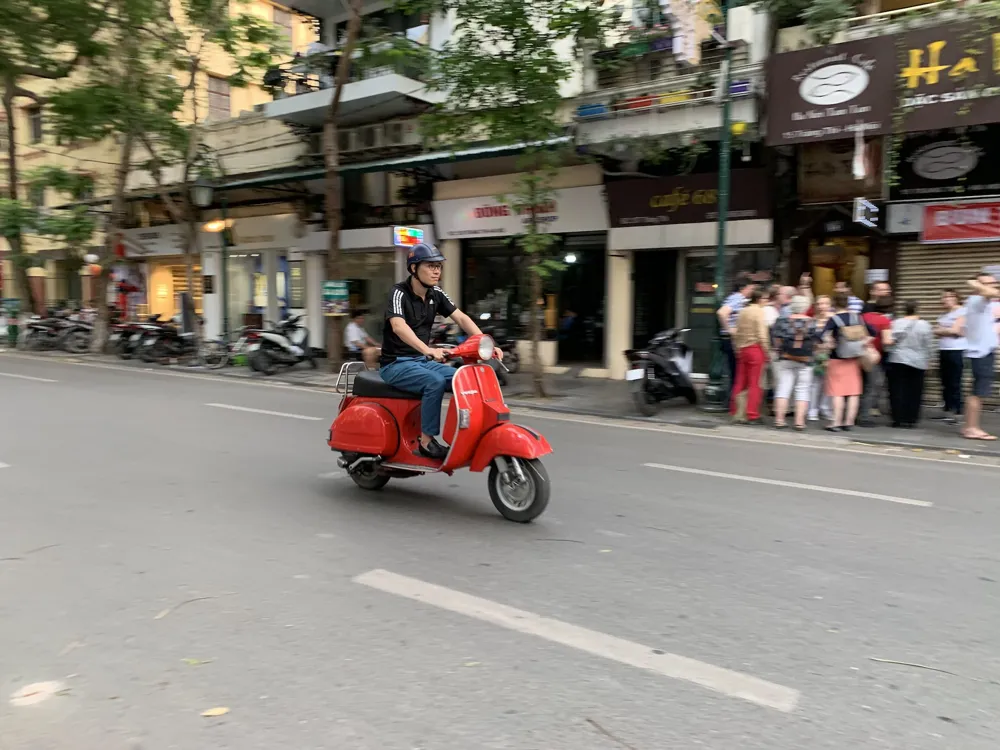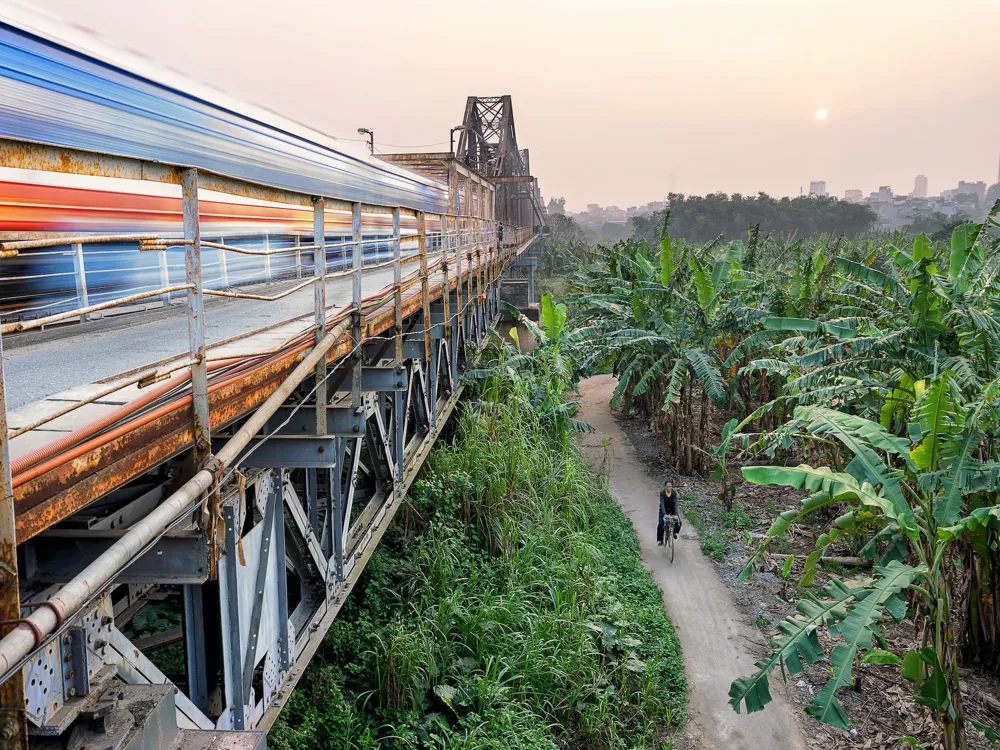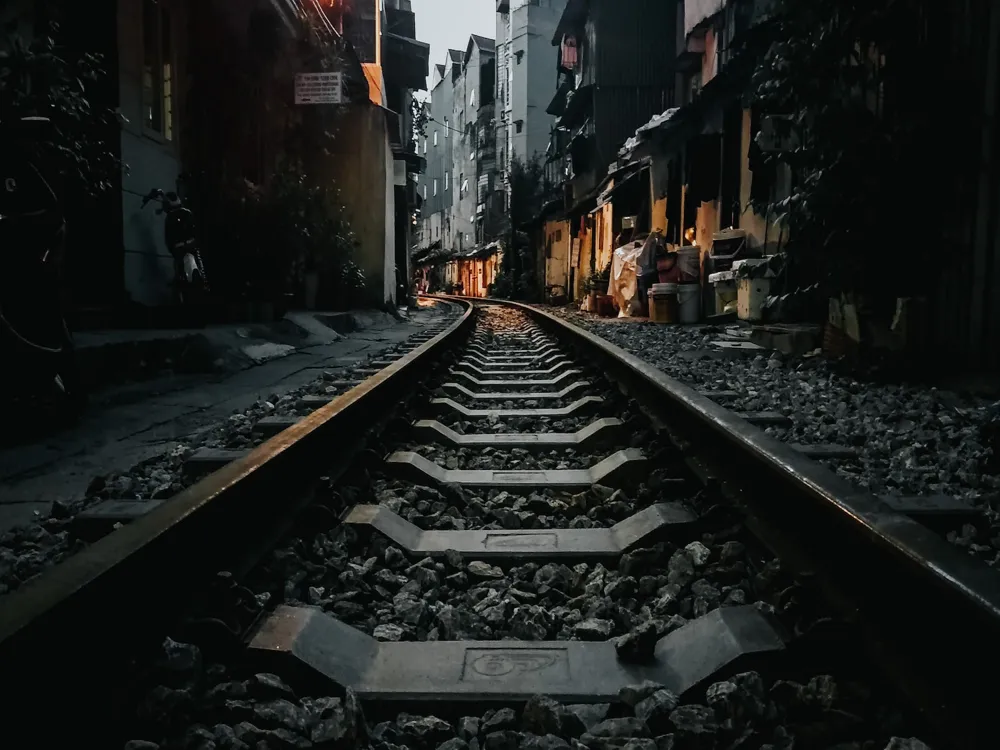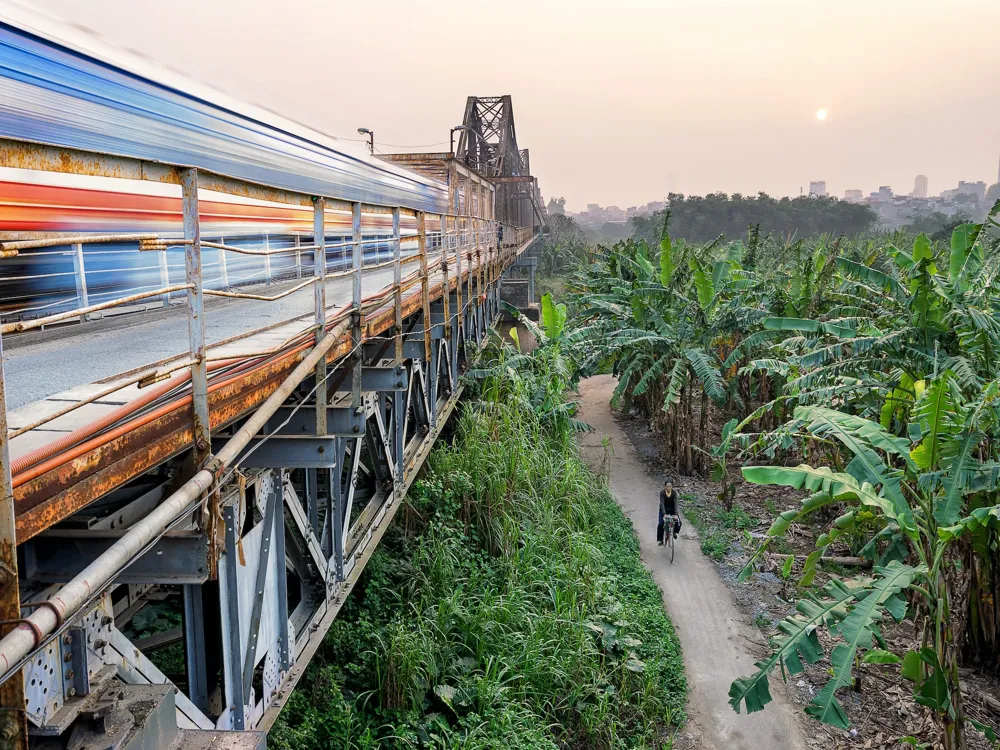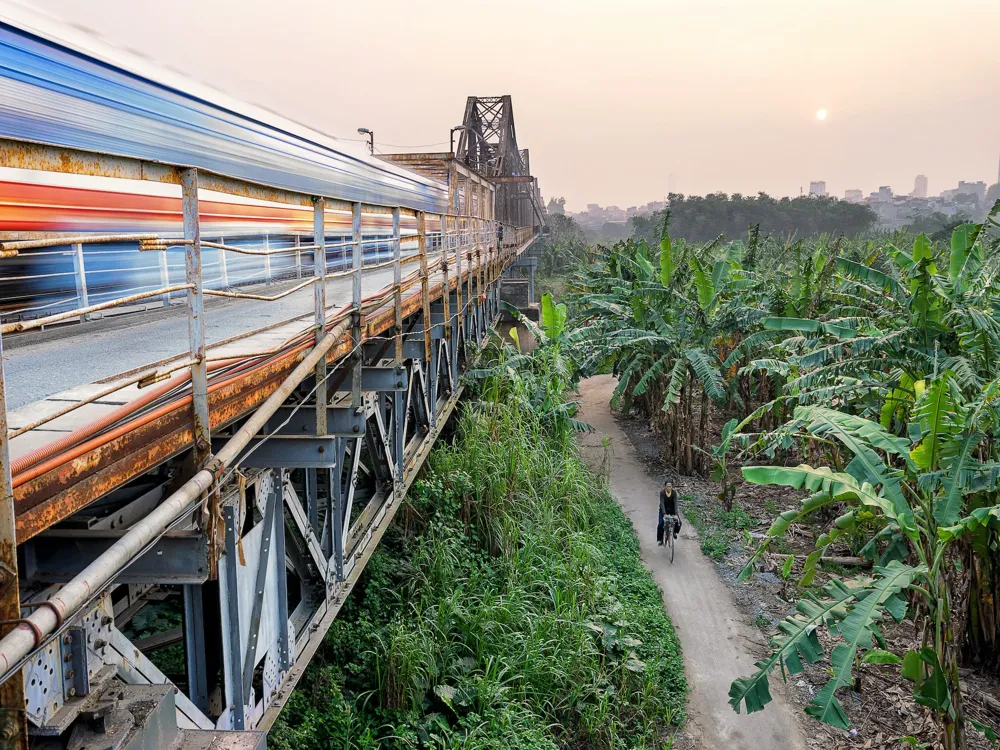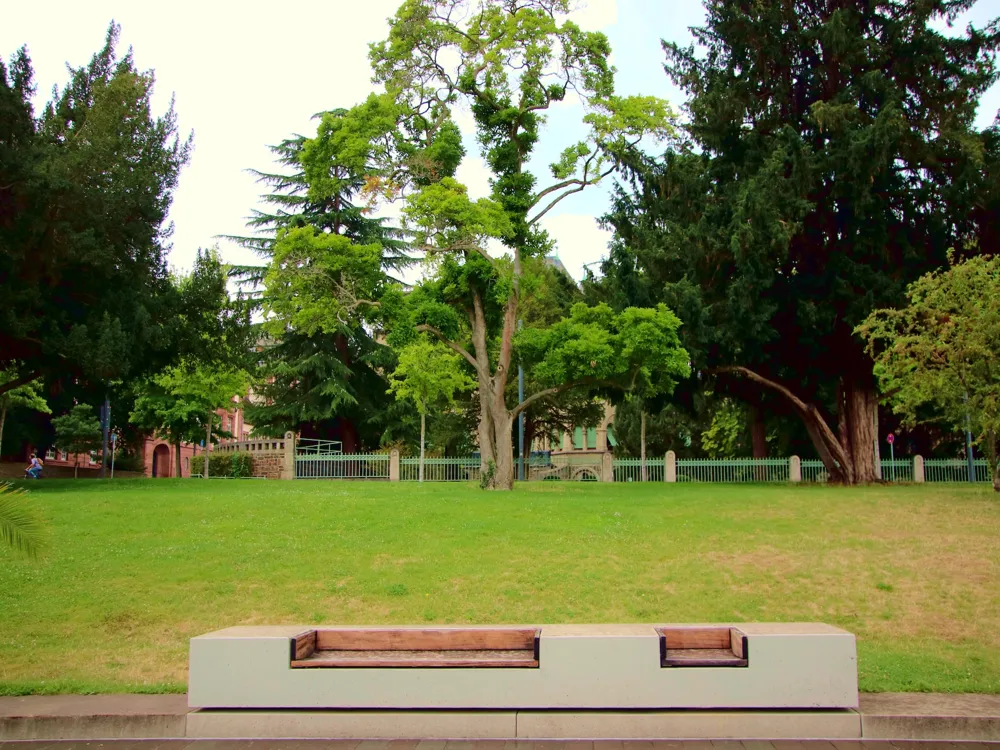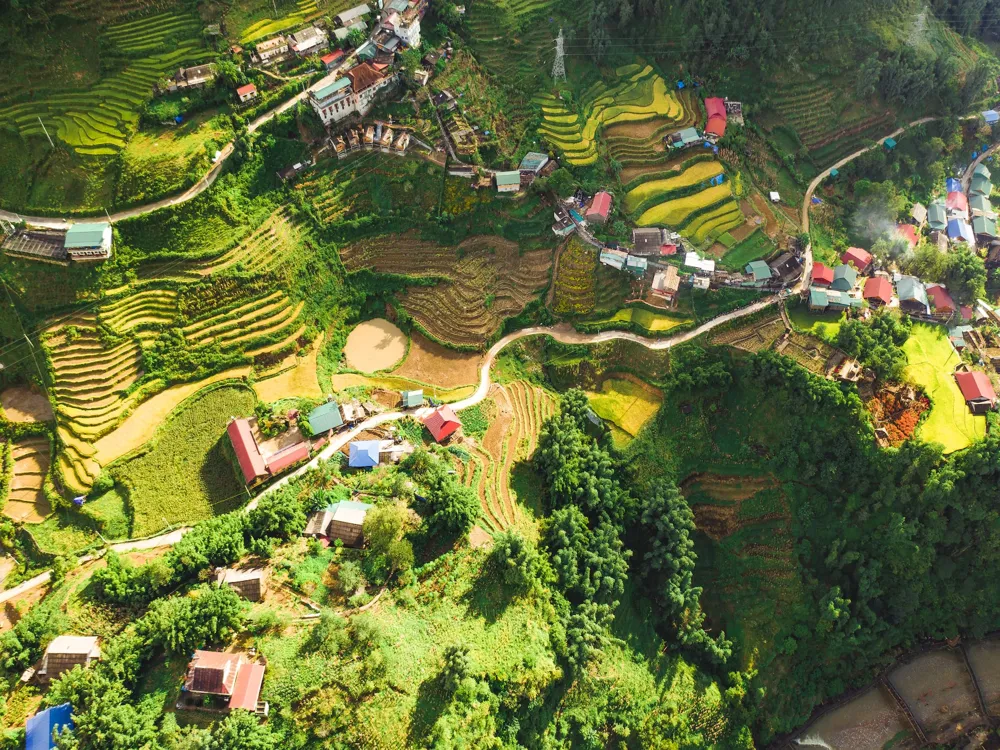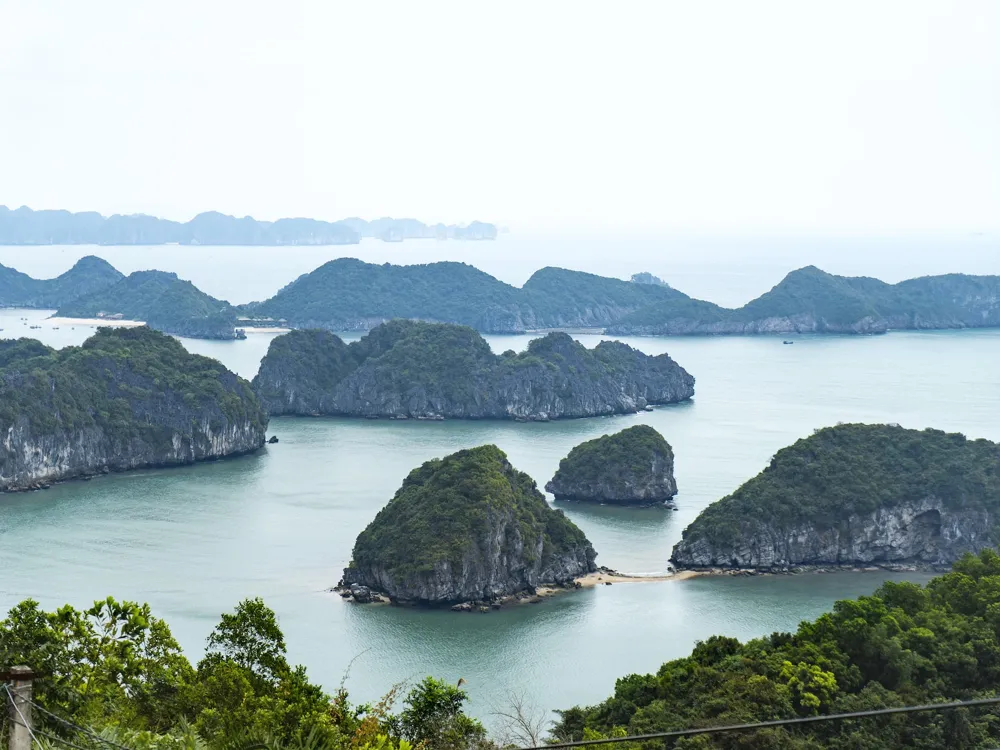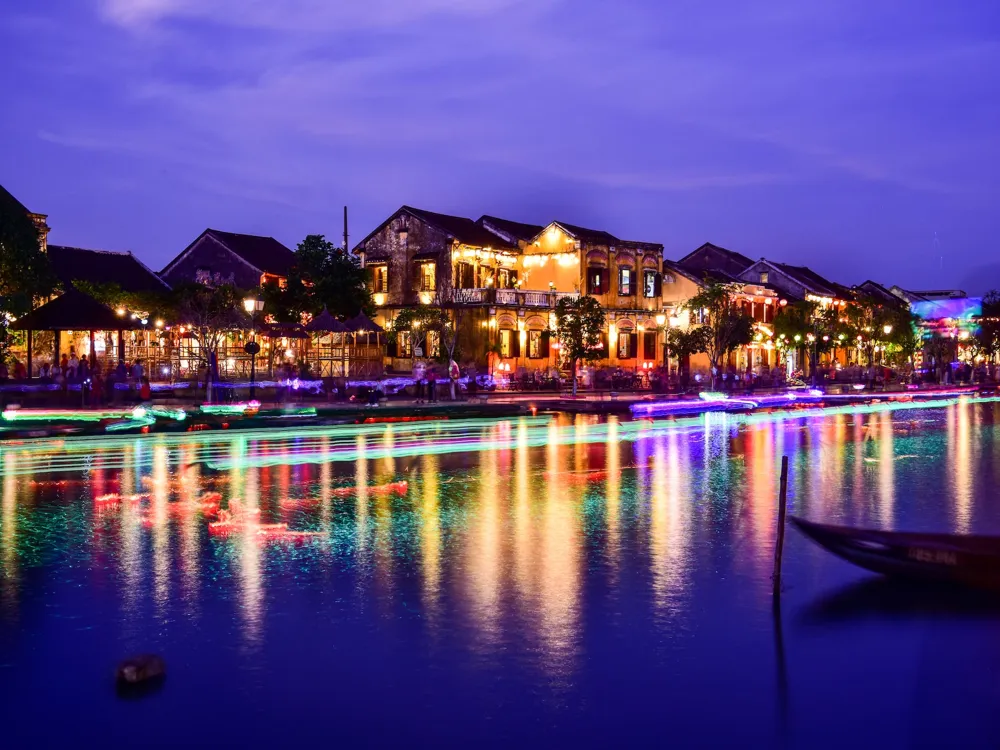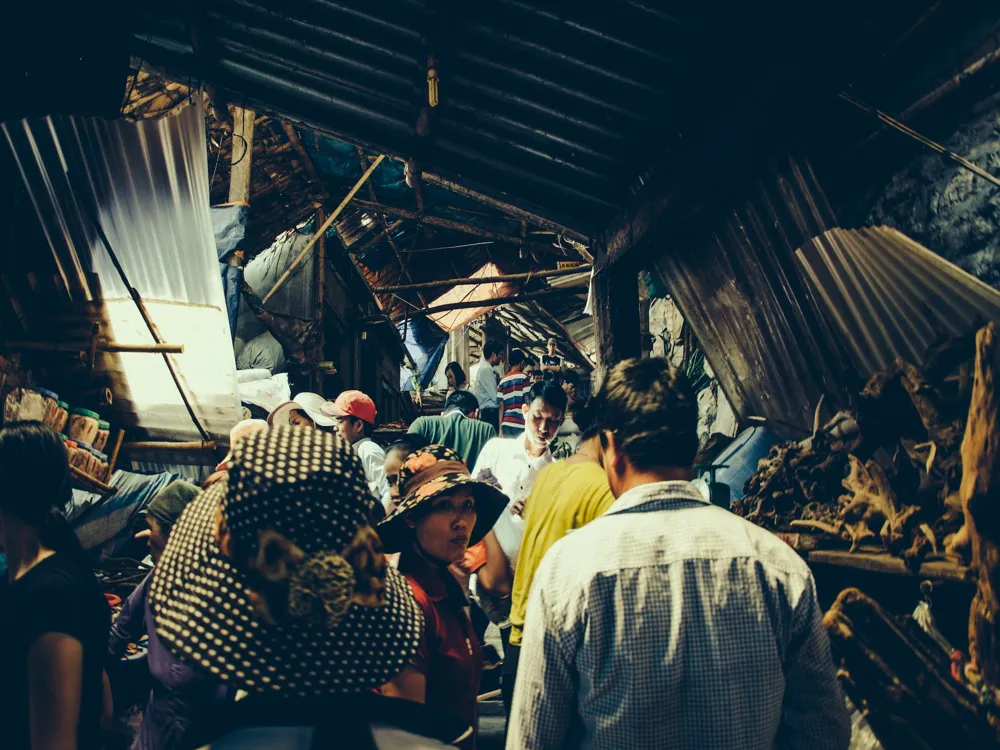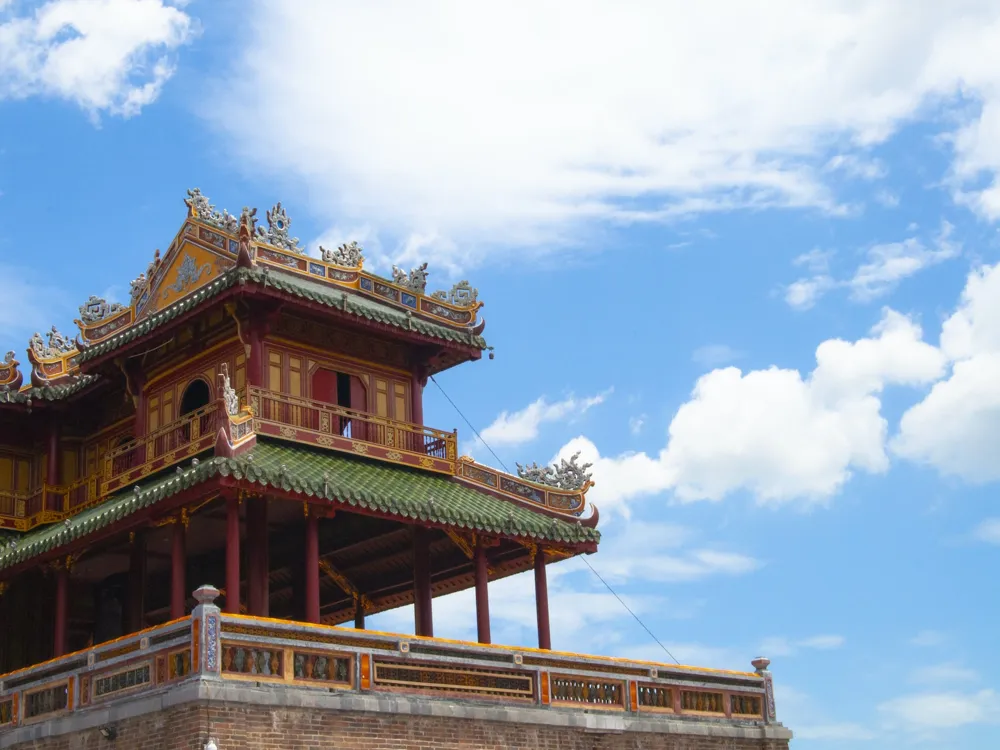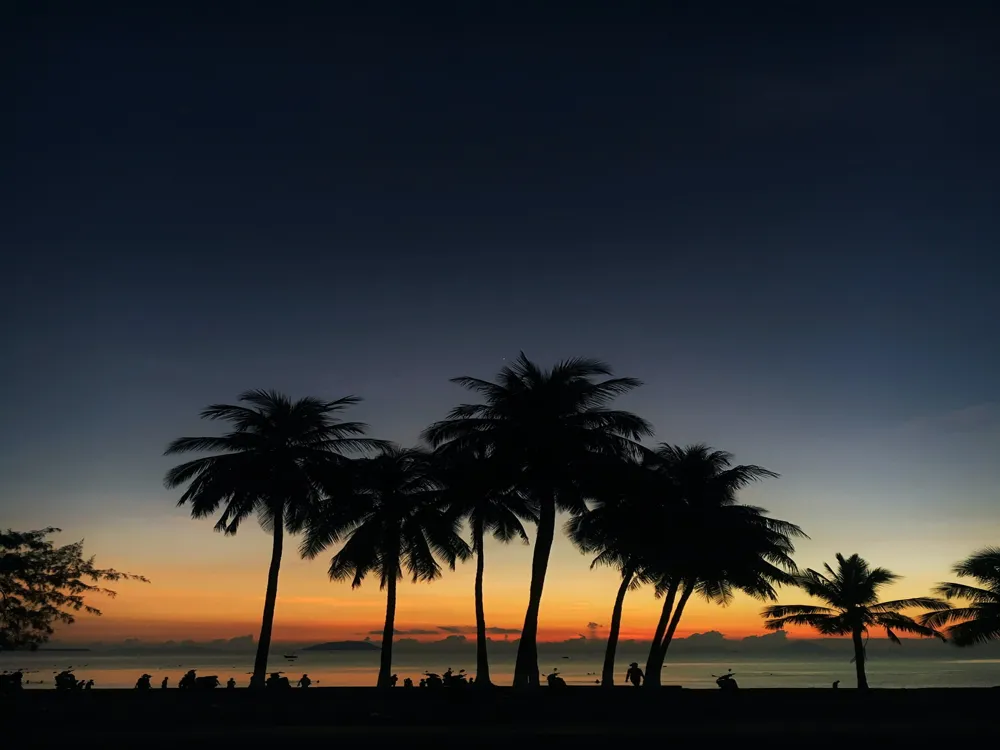Hanoi, the capital city of Vietnam, is a fascinating blend of East and West, combining traditional Sino-Vietnamese motifs with French flair. It is known for its centuries-old architecture and a rich culture with Southeast Asian, Chinese, and French influences. At its heart is the chaotic Old Quarter, where the narrow streets are roughly arranged by trade. There are many little temples, including Bach Ma, honoring a legendary horse, plus Đồng Xuân Market, selling household goods and street food. Steeped in history, Hanoi is over 1,000 years old and has witnessed the rise and fall of empires. It has been the political center of Vietnam for most of its history. The city is home to various attractions including the Imperial Citadel of Thang Long, an intriguing relic of Vietnam’s history and, signifying its historical and cultural importance, is now a UNESCO World Heritage Site. Hanoi also boasts the well-preserved Temple of Literature, parks, lakes, and more than 600 temples and pagodas adding to the appeal of this vibrant city. Aside from its historical and cultural attractions, Hanoi is known for its bustling street markets, where visitors can find a variety of goods from local handicrafts to traditional Vietnamese cuisine. The city's French Quarter is home to broad, tree-lined boulevards and French colonial buildings, a testament to the city's historical foreign influence. Despite its growth and modernization, Hanoi still retains a sense of the old world charm that has long defined it. Hanoi's architecture is a window into its diverse and dynamic history, representing a blend of indigenous architectural traditions and foreign influences, most notably French colonial. The city's architectural landscape is a mix of ancient temples, French colonial buildings, Soviet-style structures, and modern skyscrapers. This juxtaposition creates a unique and captivating urban tapestry. The Old Quarter of Hanoi, with its narrow streets and traditional shophouses, showcases the Vietnamese traditional style, influenced by Chinese architectural principles. The area is characterized by courtyard houses, often with red-tiled roofs, and ornate wooden doors. Each street traditionally specialized in a specific type of trade, which is still evident in the shop fronts and street names. In contrast, the French Quarter displays the elegance of European architecture with its grand boulevards and French colonial buildings. These buildings are noted for their bright yellow facades, large windows, and balconies, a style that developed during the French occupation in the 19th and early 20th centuries. Notable examples include the Hanoi Opera House and the St. Joseph's Cathedral. Modern Hanoi is also home to contemporary architecture, with new developments and skyscrapers transforming the city skyline. These modern structures coexist with the historical and colonial architecture, symbolizing Hanoi's rapid economic growth and its place in the globalized world. The city's architectural diversity is not just a record of its past, but also a reflection of its present and future aspirations. The best time to visit Hanoi is during the spring (March and April) or autumn (October and November), when the weather is pleasant with milder temperatures and lighter rainfall. Getting around Hanoi can be quite an adventure. The most common modes of transportation are motorbikes, cyclos, and taxis. For a truly local experience, try the cyclos for short distances. Always negotiate the fare before starting your journey. Hanoi is famous for its street food. Don't miss trying Pho, the traditional Vietnamese noodle soup, and local coffee. Street food tours are also available for those who want to explore a variety of local dishes. When visiting temples and pagodas, dress conservatively and remove your shoes before entering. It's also customary to donate a small amount at religious sites. While Hanoi is generally safe for tourists, it's advisable to be cautious of your belongings, especially in crowded places. Avoid carrying large amounts of cash and be wary of pickpockets. Hanoi can be accessed by various means of transportation, making it a convenient destination for travelers. The Noi Bai International Airport is the main gateway for international travelers, located about 35 km from the city center. Regular flights connect Hanoi with major cities around the world. For those traveling within Vietnam or from neighboring countries, trains and buses are a viable option. Hanoi's central railway station offers connections to cities across Vietnam, including Ho Chi Minh City and Hue. Additionally, many bus services operate between Hanoi and other Vietnamese cities, offering both standard and luxury services. Once in Hanoi, the city's extensive public transport system, including buses and a new metro line, makes it easy to navigate the city. Taxis and ride-hailing services are also readily available for more personalized travel options.Overview of Hanoi
Architecture of Hanoi
Tips When Visiting Hanoi
Best Time to Visit
Transportation Tips
Local Cuisine
Cultural Etiquette
Safety Tips
How To Reach Hanoi
Truc Bach Lake
Hanoi
₹ 15,260 onwards
View hanoi Packages
Weather :
Tags : Lake
Time Required : 1 - 2 hours
Planning a Trip? Ask Your Question
Hanoi Travel Packages
View All Packages For Hanoi
Top Hotel Collections for Hanoi

Private Pool

Luxury Hotels

5-Star Hotels

Pet Friendly
Top Hotels Near Hanoi
Other Top Ranking Places In Hanoi
View All Places To Visit In hanoi
View hanoi Packages
Weather :
Tags : Lake
Time Required : 1 - 2 hours
Planning a Trip? Ask Your Question
Hanoi Travel Packages
View All Packages For Hanoi
Top Hotel Collections for Hanoi

Private Pool

Luxury Hotels

5-Star Hotels

Pet Friendly







